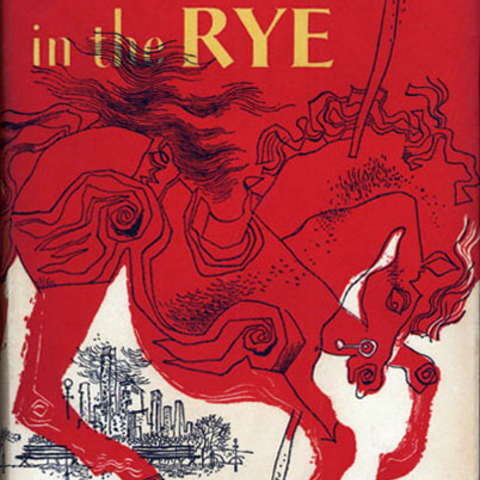

Source: Marco Calderon
Comments: Copyright 2010 Marco Calderon. Used by permission.

Source: Marco Calderon
Comments: Copyright 2010 Marco Calderon. All rights reserved.

Source: Marco Calderon
Comments: Copyright 2010 Marco Calderon. All rights reserved.

Source: Marco Calderon
Comments: Copyright 2010 Marco Calderon. All rights reserved.

Source: Marco Calderon
Comments: Copyright 2010 Marco Calderon. All rights reserved.
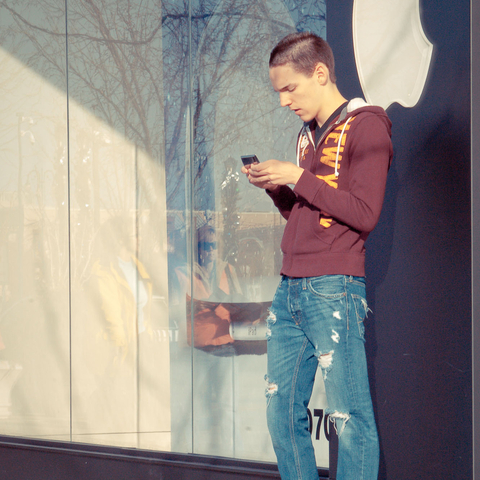
Source: Marco Calderon
Comments: Copyright 2010 Marco Calderon. All rights reserved.
Source: Wikimedia Commons

Source: Elaine Chan and Priscilla Chan
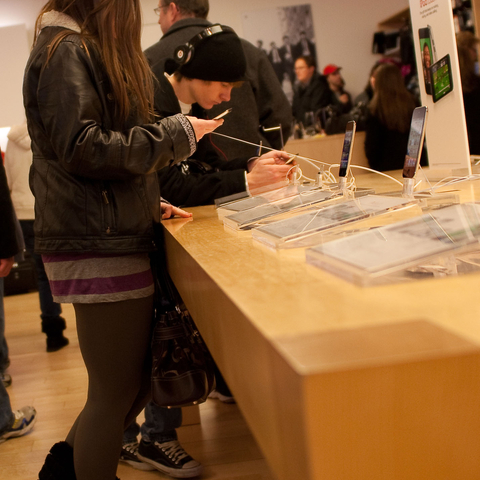
Source: Marco Calderon
Comments: Copyright 2010 Marco Calderon. All rights reserved.
Source: Public Domain
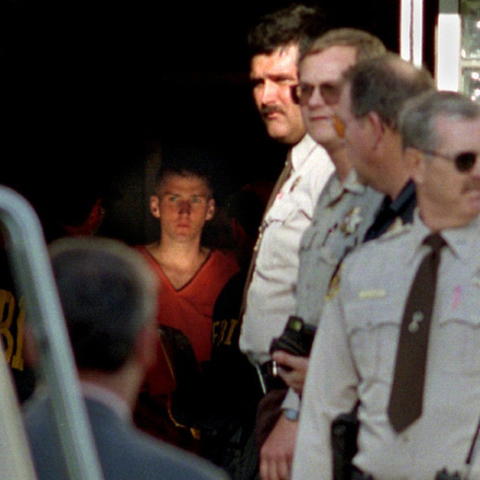
Source: Olaf Growald
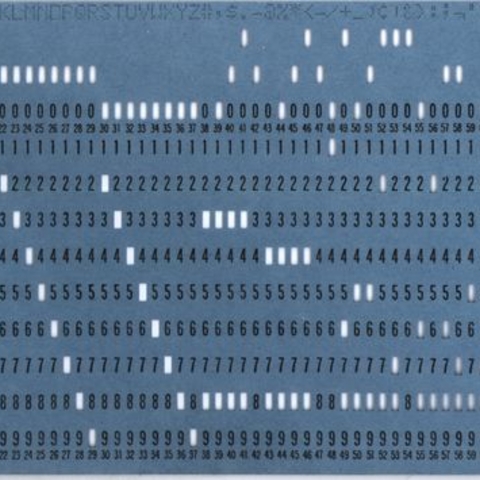
Source: Public Domain

Source: CubeSpace/Asa Wilson

Source: Brian Snelson
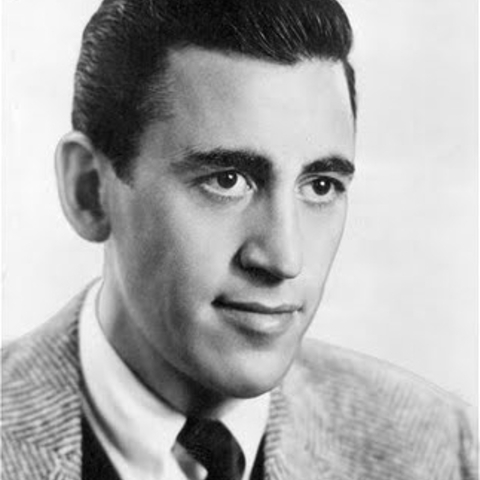
Source: Maurey Garber

Source: Public Domain

Source: Public Domain
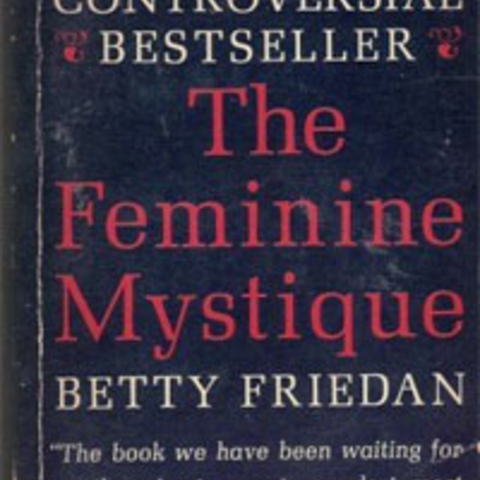
Source: Wikimedia Commons
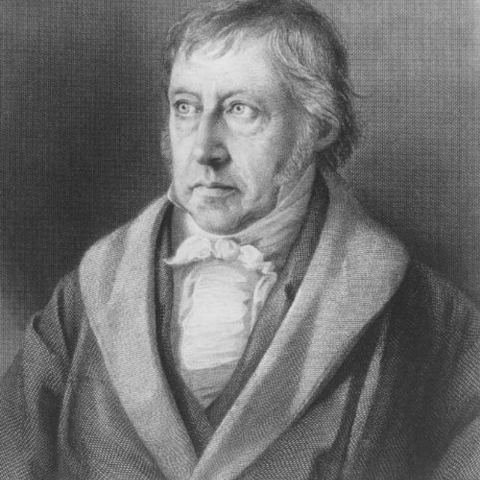
Source: Public Domain
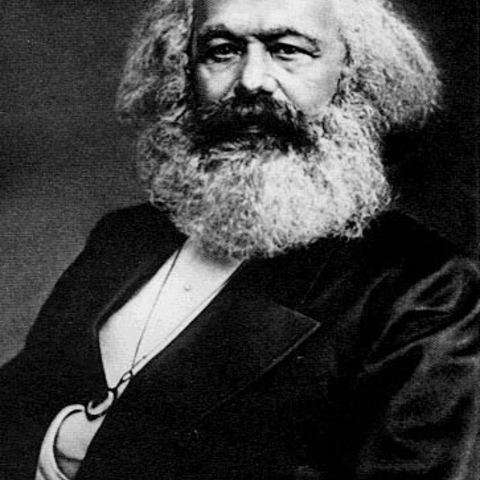
Source: Public Domain
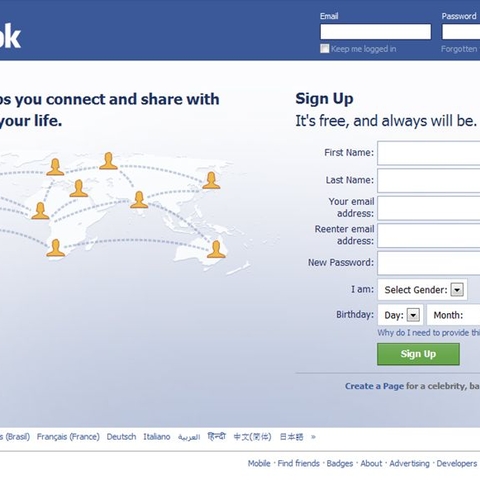
Source: Facebook
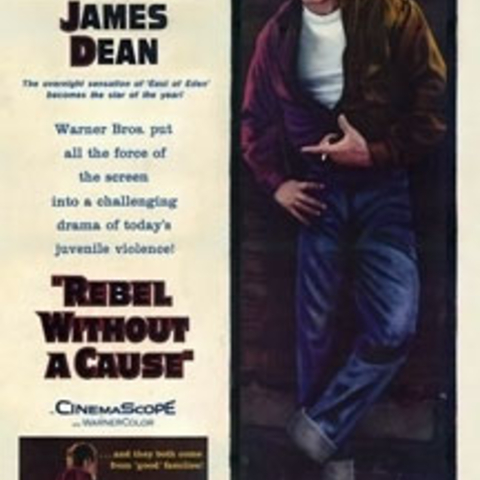
Source: Warner Bros. Entertainment Inc./Wikipedia
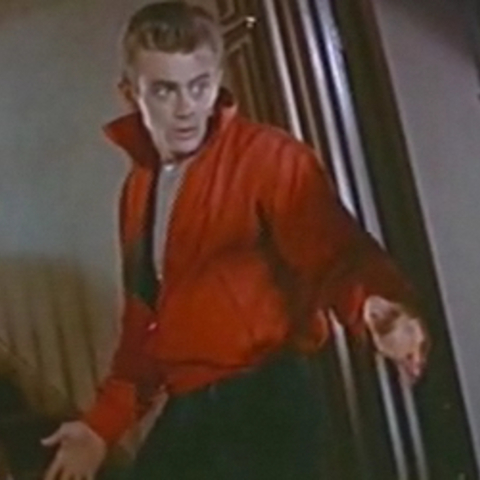
Source: Wikimedia Commons
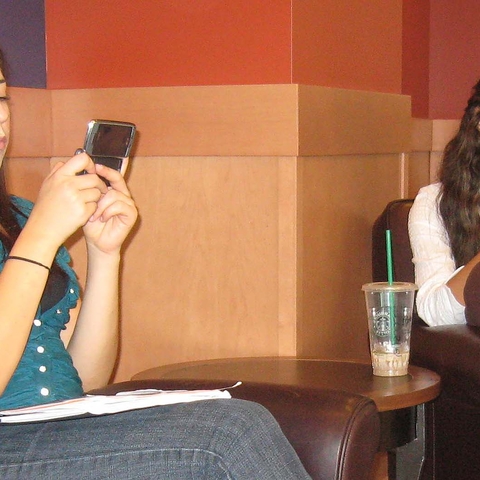
Source: Paul Martin Lester

Source: 1DmkIIN

Source: David Shankbone
